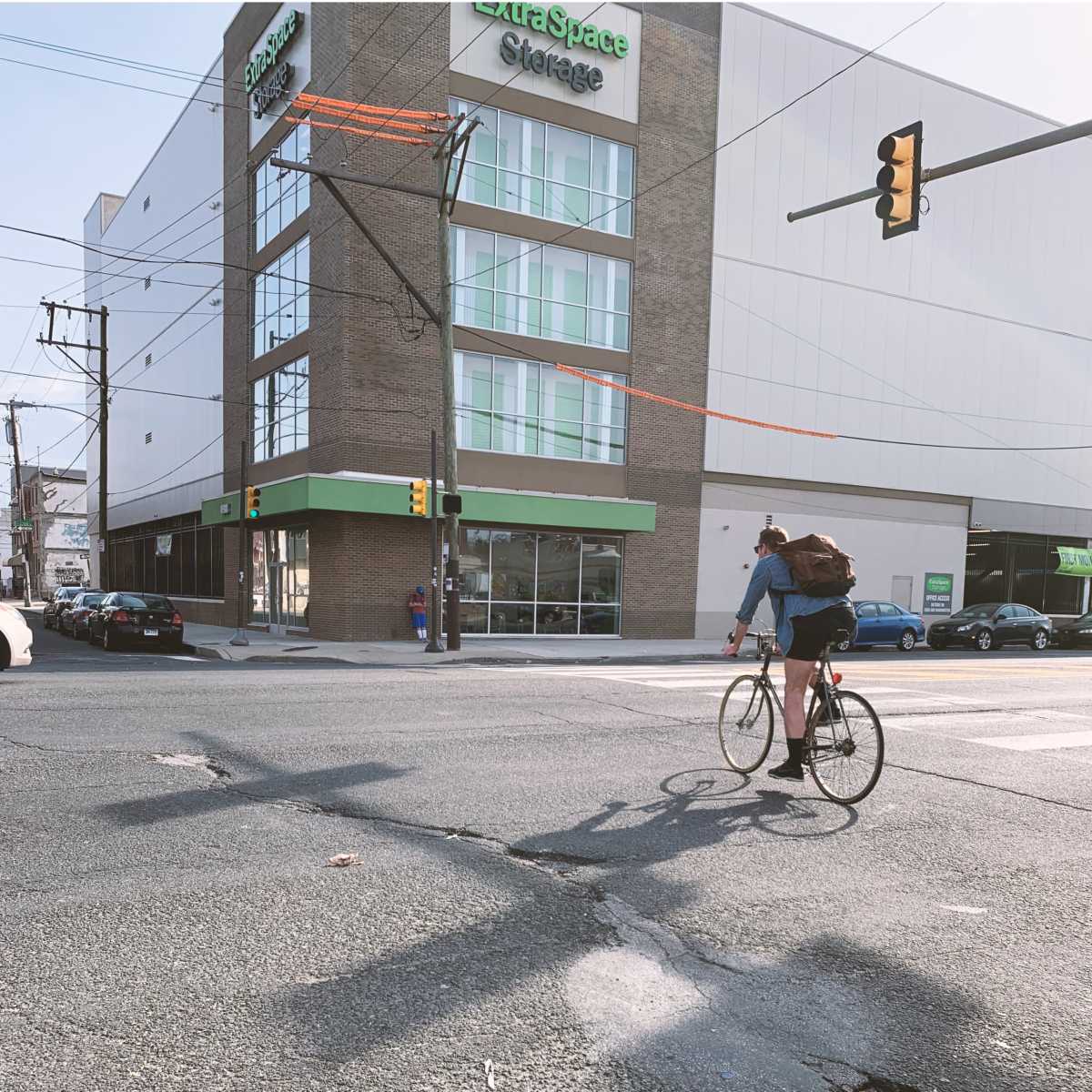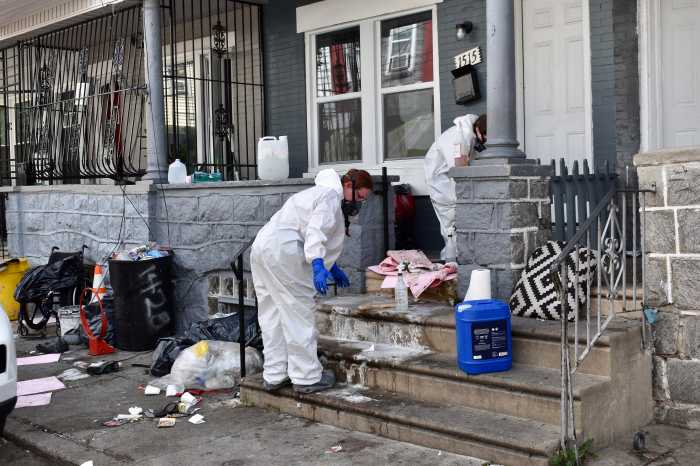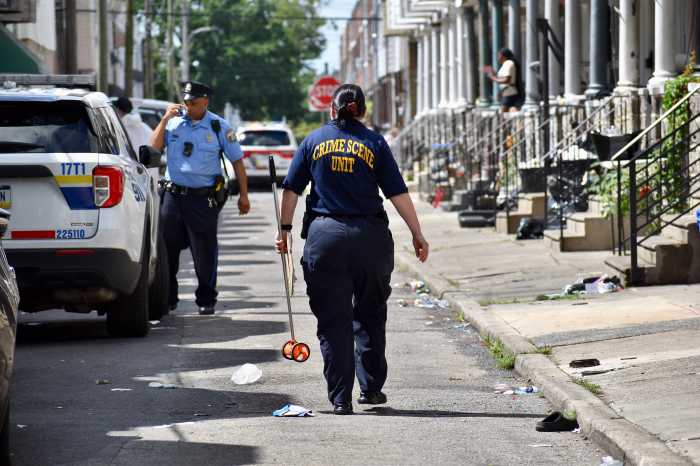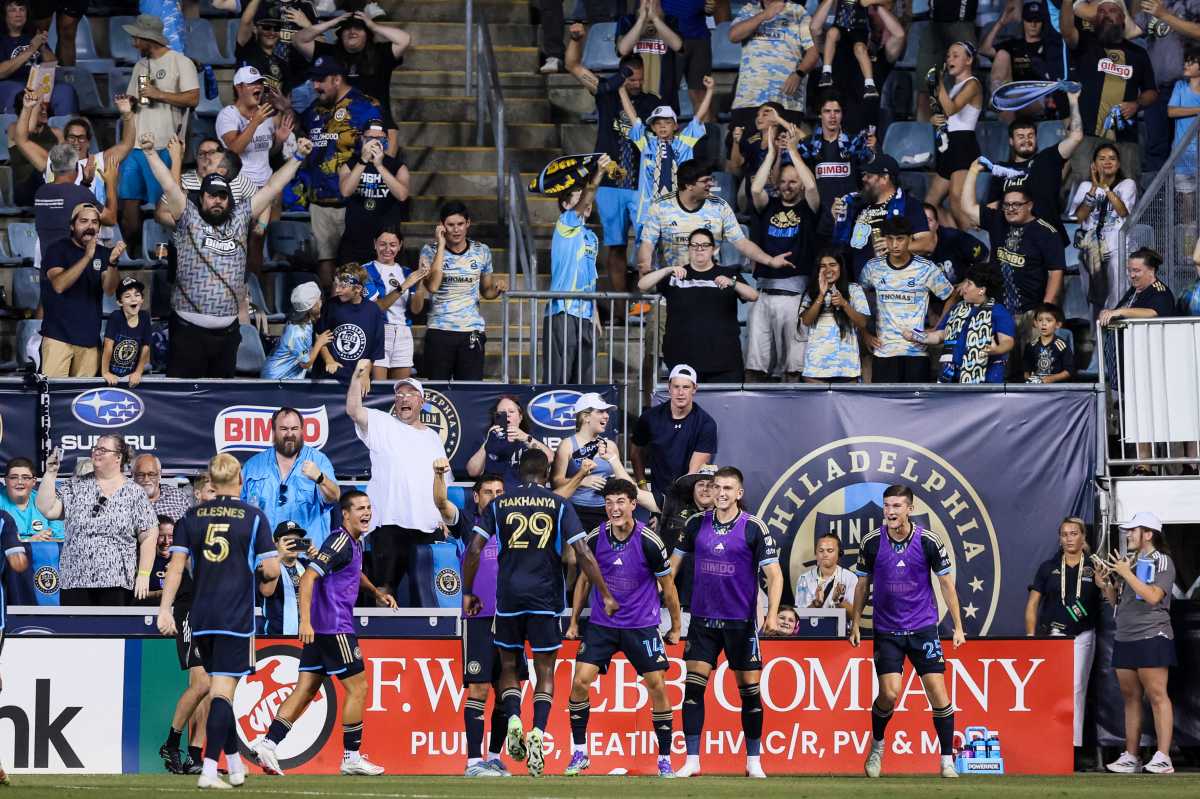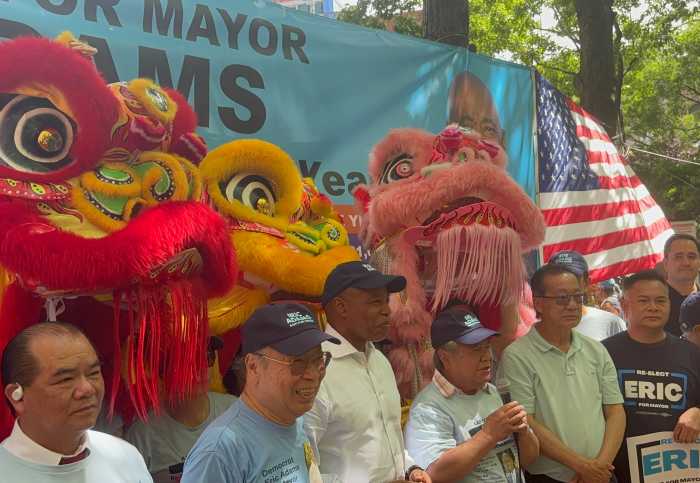After nearly a decade of discussion and debate, Washington Avenue in South Philadelphia is set to be repaved, with crews scheduled to begin digging out the old asphalt on Monday.
Workers will be resurfacing the commercial strip between 4th Street and Grays Ferry Avenue, a process that is expected to last through October. City officials said the lines will be repainted and safety improvements will likely be added by the end of the year.
The initial asphalt removal work, known as milling, will occur between 7 p.m. and 5 a.m., beginning at 4th Street, according to the Mayor Jim Kenney’s administration.
Not much is changing on Washington Avenue west of 11th Street, despite earlier plans for a major redesign.
Councilmember Kenyatta Johnson opposed plans to reduce the corridor’s five lanes in his district, which begins at 11th, scuttling the Kenney administration’s intent to implement a mixed layout with three and four lane stretches.
“By the end of this year, Washington Avenue will be a much smoother street for all road users,” said Mike Carroll, deputy managing director for transportation, in a statement last week.
Between 4th and 11th streets, the avenue’s lanes will be reduced to three or four and a parking-protected bicycle lane will be constructed.
Two “speed slots,” bumps aimed at slowing down drivers, will be installed between 10th and 12th streets, and speed cushions will also be placed on 5th and 12th streets near Washington Avenue.
Hardened centerlines will be built between 10th and 16th streets to better control traffic, according to the city.
No traffic alterations will be made west of 16th Street. City officials said last month that planned safety improvements were not designed to fit a five-lane layout.
Any changes to Washington west of Broad Street “would need to be restarted and re-prioritized” after the paving work, the Mayor’s Office said in a news release.
Kenney’s administration unveiled the mixed-lane plan in March, presenting it as a compromise after an earlier proposal to narrow the avenue to three lanes was scrapped.
The mixed-lane configuration required City Council to pass parking and loading legislation, bills that almost always come from the district Councilperson.
Councilmember Mark Squilla advanced legislation, but Johnson did not, pointing to civic organizations and business owners who worried the redesign would lead to increased congestion.
Pedestrian safety advocates and cycling groups, who had fought for the three-lane layout, have argued that Washington Avenue will remain unsafe at five lanes.
The corridor is part of the city’s high-injury network, the 12% of Philadelphia roads on which 80% of crashes occur. From 2016 to 2020, there were 169 collisions, including three fatal crashes, according to city data.
Discussions about how to enhance Washington Avenue began in 2013, and the Kenney administration said the project had the largest public engagement process ever for a street improvement initiative.



